The Fractal Design Node 202 Case Review: Mini-ITX Gaming For the Living Room
by E. Fylladitakis on June 6, 2016 9:15 AM EST- Posted in
- Cases/Cooling/PSUs
- Mini ITX
- HTPC
- Fractal Design
- ITX
The Interior of the Fractal Design Node 202
The removal of the top cover is an easy process, as the panel comes off after the removal of its holding screws from the bottom of the case. This is also necessary for the user to gain access to the top air filter, as it is attached to the inside of the top cover.
The lower cover can also be removed, and has to be removed in order to access the lower intake filters beneath the video card and the PSU. This cover is not held with screws but with plastic clips, allowing it to come off after undoing them one-by-one. After the cover has been removed, the magnetic filters can be removed from the bottom of the case.
Fractal Design essentially ditched 5.25” and 3.5” devices completely and organized the interior of their case so as to fit a standard gaming system with a full size video card. The interior is essentially split into two areas, one for the motherboard and the PSU to the right and one for the video card to the left. The two areas are split by a steel support wall.
The PSU compartment is small, allowing the use of SFX units up to 130 mm long. In order to install the PSU, the frame needs to be removed, attached to the unit and then reinstalled along with the PSU.
An ITX motherboard just barely fits inside the Node 202, with minimal space around the board for cable management. After the PSU has been installed, managing the cables using the cable ties is a somewhat tedious process. There is little clearance for a cooler and only coolers up to 56 mm tall may fit, which can cause compatibility problems even with some high-performance stock coolers. There is also no slot for a low profile card and expansion cards can only be installed by using the supplied PCI Express riser card.
Only two 2.5” drives can be installed in the Node 202, on the metallic drive cage that is attached to the middle support wall between the compartments. The cage is designed so that one drive will be in the left compartment and the other drive will be in the right compartment. The support wall has an opening where the cage is installed, allowing the passage of cables for the drive in the left compartment of the case.
The most important feature of the Node 202 is its capability to support full size PCI Express video cards. However, there are limitations. The card can only be up to 310 mm long and up to 50 mm thick, if no intake fans have been installed beneath the card (or if 10 mm low profile fans were installed). If 120 mm × 25 mm intake fans are installed, the thickness of the card is limited to 35 mm. Although these may sound constrictive, the vast majority of mainstream gaming cards do fit in the Node 202 (ed: a reference GeForce GTX 1080 would be 266mm long). The small number of custom, top tier cards that do not fit would also be incompatible with the low power output of the supported SFX PSUs and possibly cause thermal issues as well.
Fractal Design has also placed a support for the card that can be adjusted via a screw at the bottom of the case. This may seem redundant for when the case is placed horizontally, but vertical placement could have a heavy card slipping out of the PCI Express slot, so the case design takes this into account.
An overall look with a system inside the Node 202 reveals that the build will be tight, with little room for cable management or modifications. It may be wise to select either Fractal Design’s own Integra SFX 450W PSU, which has been designed with this specific case in mind, or a modular SFX PSU.
Regardless the tight fit, a gaming system using an efficient CPU and mainstream video card, along with one or two SSDs, does fit in the Node 202 without issues, creating a very good gaming system. However, this is essentially the sole purpose of the case. If an expansion card is not installed (e.g. the user is content with integrated graphics) then the left compartment essentially is a dead area. No advanced liquid cooling solutions can be installed due to the wall separating the compartments and there is no way to support 3.5” drives without modifying the case. This prevents the Node 202 from being used as a file server or as a HTPC with large internal drives hosting media collections.


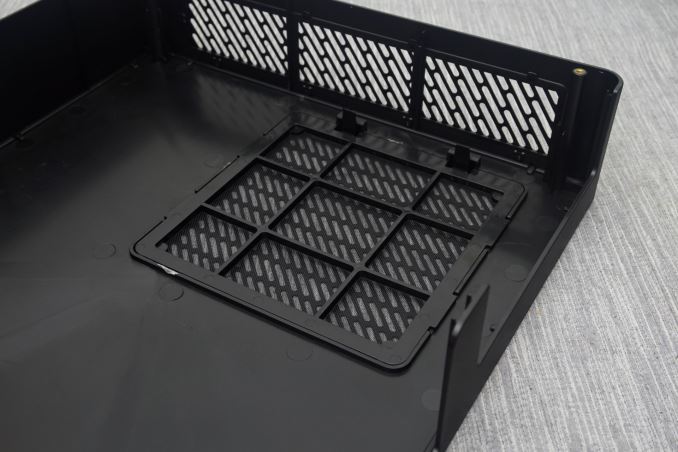

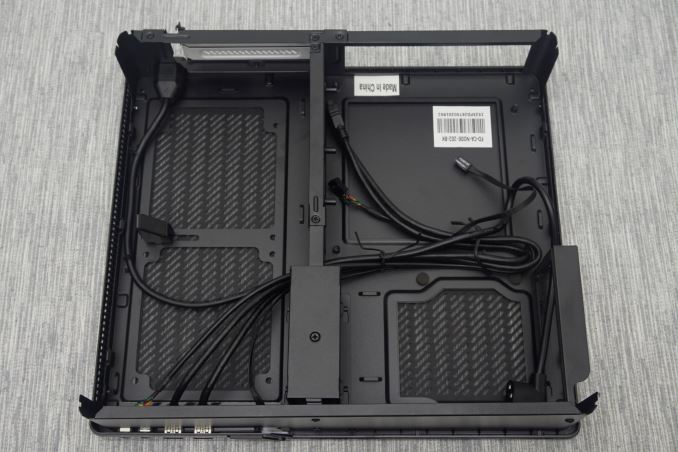
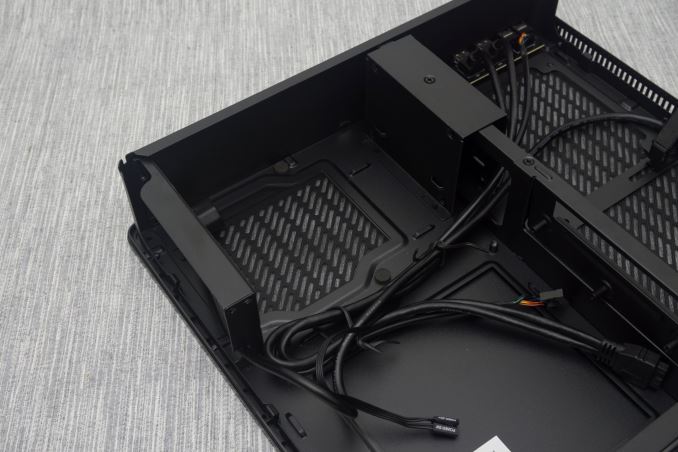
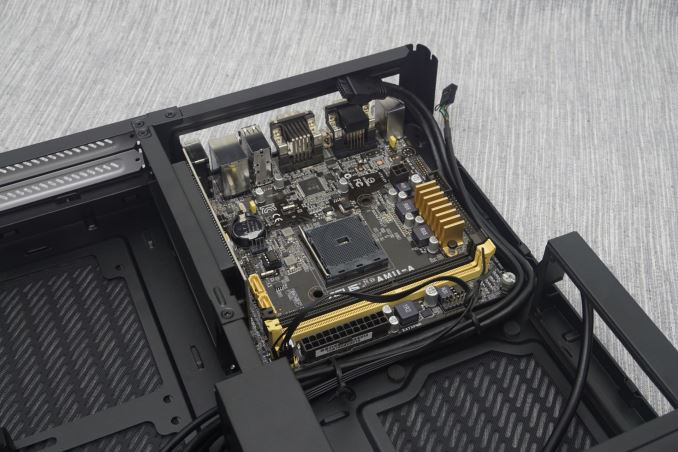
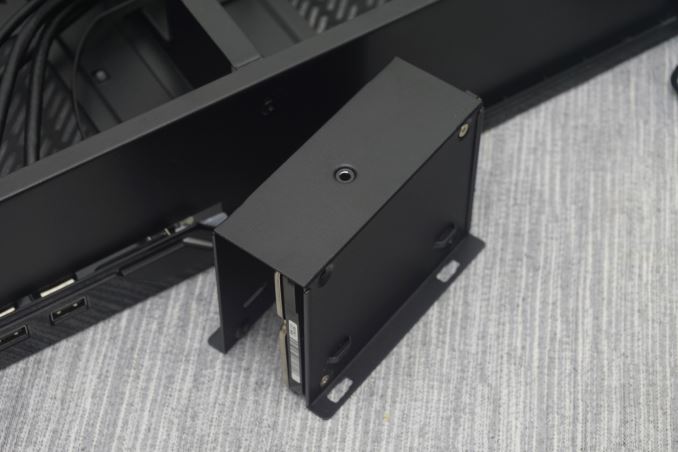
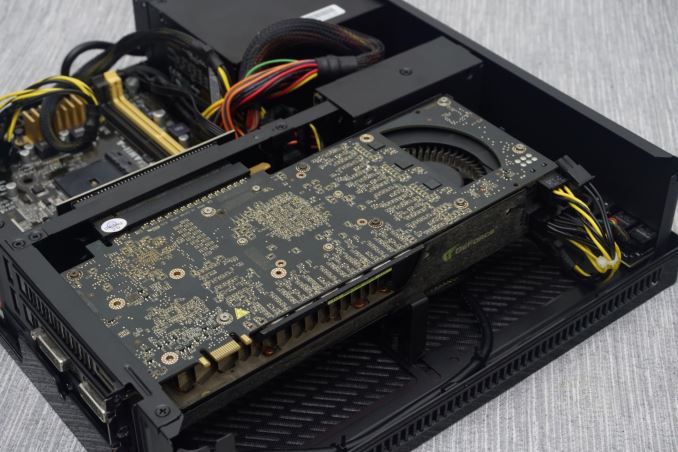
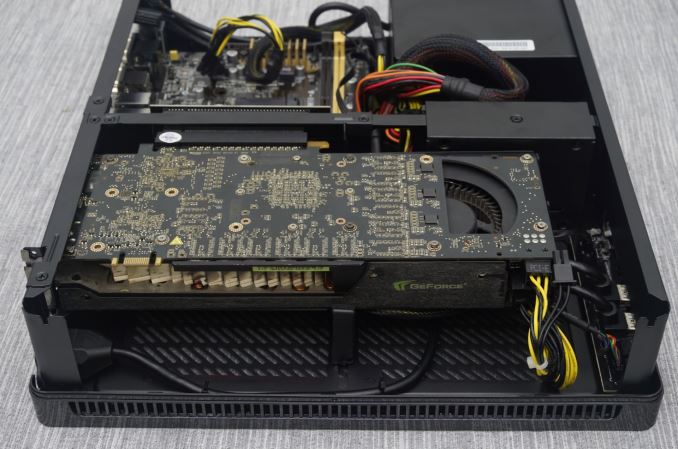
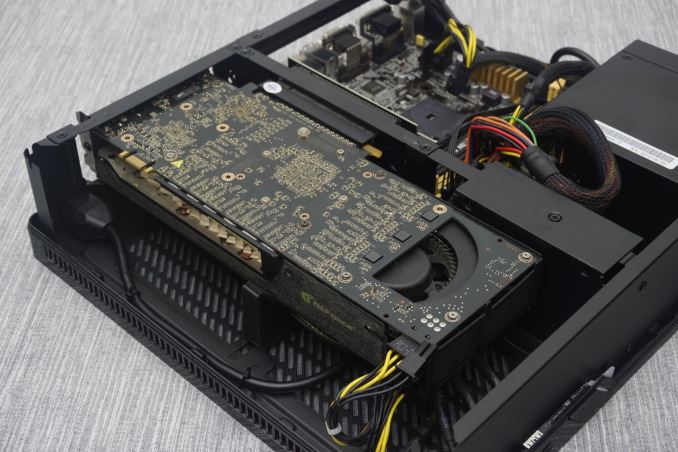
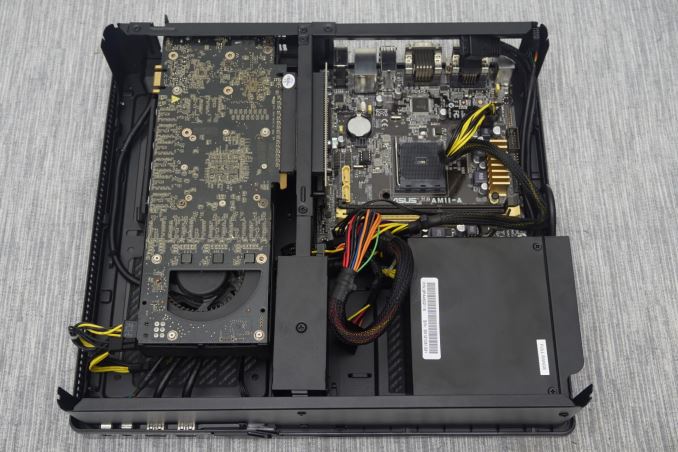








64 Comments
View All Comments
zeeBomb - Monday, June 6, 2016 - link
What's a good computer case under $80 guys?dsumanik - Monday, June 6, 2016 - link
I dunno but this one looks like an xbox to meMurloc - Monday, June 6, 2016 - link
The one you like most because there is a negligible difference between them for a midrange computer if they0re 60-80$.Cooler Master has many below that price, good bang for buck and with the most useful features included usually.
sarscott - Monday, June 6, 2016 - link
Enthoo Evolv itx is a great case. I purchased the case and was very impressed but decided I needed more space for water cooling, etc.http://www.newegg.com/Product/Product.aspx?Item=N8...
theduckofdeath - Tuesday, June 7, 2016 - link
I have a Cooler Master Silencio 352, which I guess squeezes right in below that today. It's a mATX case with noise cancelling foam on the inside. No bling bling, just silence in a fairly compact format. There's enough space in it for a large water cooling thingy on the front, and they've put SSD mounts on most flat surfaces.chenedwa - Sunday, July 3, 2016 - link
Silverstone FT03-MINI and Lian Li PC-Q36marc1000 - Monday, June 6, 2016 - link
it's great to see some small case reviews over here. this seems a good design, but the older silverstone milo ml08 has a bit more usability, even if a bit less cooling capacity.could you compare both with the same hardware? BTW, why not use real components, instead of simulators?
PS: only on a case review we can see the backside of a new GPU... lol
xenol - Monday, June 6, 2016 - link
Heat is heat, no matter how you generate it. With Anandtech's setup, they can also repeat the test easily on a variety of systems.meacupla - Monday, June 6, 2016 - link
I'm pretty sure ML08/RVZ02 has ever-so-slightly better cooling capacity than Node 202.I have the ML08 and the dust filters cause a lot of heat to be trapped (easily +5c on a GTX960), but removing them allows the components to be cooled to reasonable levels, considering size constraints.
Node 202 has dust filters that are much harder to remove.
marc1000 - Tuesday, June 7, 2016 - link
thanks!i'm planning on ML08 for the future, it has a bit more space for disks than this one. your info came quite handy. I will use a mid-range GPU with a 3.5 hdd on top compartment, so I will put one slim 12cm intake fan there (scythe one with 12mm only). I hope thermals stay good with that extra help.